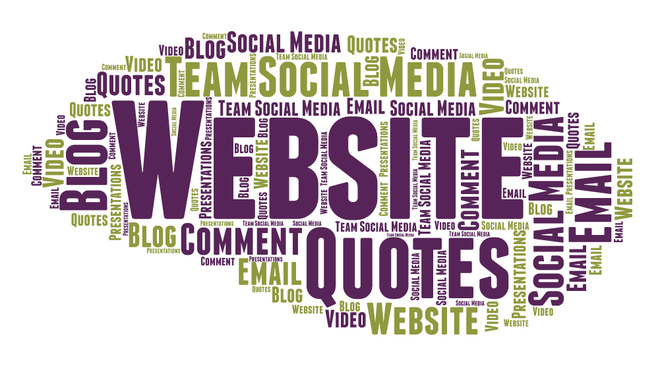9 Ways to Amplify Media Coverage

Securing favorable media coverage of your company or product has traditionally been one of the hallmarks of success in our business. Earned media is never guaranteed, which is why when coverage does occur, there are a number of steps you should take to seize—and amplify—the moment.
In our experience, few organizations recognize that the moment a story appears is when the real work begins. In our increasingly stratified news diet, there are plenty of people who missed the initial video clip, never laid eyes on the glowing newspaper feature or otherwise have no inkling of your hard-earned placement.
Widening the reach of the story isn’t complicated, but it does require a certain level of discipline, and a willingness to invest time in the process. To help guide you in that effort, we’ve developed a list of proven strategies to amplify media coverage and incorporate it into conversations with key stakeholders:
Website: Post the article to your website’s “News” page. So simple, and so often overlooked. When prospective customers, potential partners, and anyone from the public checks out your website, you want to make sure that you have properly “caught up” with the flow of coverage dedicated to your company or cause. Failing to do so undermines your brand, squanders a great marketing opportunity, and leaves a false impression that there’s not been much to shout about.
Social Media: Within a day of publication, share the article on appropriate social media pages. Tag the media outlet and journalist (as applicable) and thank them for the coverage. Engage with followers who like/comment on the post.
Team Social Media: Ask employees, partners and other supporters/fans to like and share social media post(s) on their personal platforms. This is a potentially huge step, since everyone has his or her own sphere of influence who are more likely to pay attention to what their friends are raving about. Your story’s reach can expand exponentially, coming to the attention first to hundreds or thousands and (in some cases) rippling out to millions. On top of that, it is quintessential third-party edification, more powerful than just about any other form of persuasive communication.
Quotes: Extract several short quotes from the article and share daily on social media platforms for upwards of one week following publication. We realize that this tactic can risk annoying some of your more attentive followers who may think you are wringing the towel a bit too hard. Balance that potential downside with the fact that some of your less-engaged followers will not have seen the first several posts, and this latest outreach is news to them.
Comment: Encourage partners and employees to comment on online articles. Anyone who has spent time online knows that comment sections have the potential to devolve into chaos quickly, but for better or worse, comments are an important metric for media outlets measuring engagement. Not only does commenting provide the opportunity to bolster any important points made in the story, but it also helps garner the type of engagement that makes a journalist more likely to cover your organization in the future.
Email: Email the article to clients, prospects and other contacts. Depending on the frequency of coverage, consider grouping multiple stories into one email for maximum impact. Chances are that your contact list has already been vetted, and almost everyone on it has an interest in what you do. For non-profits, this could be a good moment to solicit donations. For companies, it’s a great way to expand your customer base.
Blog: Write a short blog post with a description of the article, an engaging image and a link back to the original source. Long after the story has faded into the archives of the news outlet, your blog post remains as accessible as the next site visitor’s click. For good measure, cross-link between your blog and the “news” section of your website.
Presentations: Include coverage in new business materials and presentations. Incorporating coverage in presentations builds credibility, and validates the fact that you are offering a product or solution that others find noteworthy. Including the logo of the outlet is a simple way to add visual appeal to the presentation.
Video: This may be a stretch for some, but with developments such as Facebook Live, there are easy, free ways to “jump the news feed.” For the highest profile coverage, ask the senior leadership team to provide short video commentary that offers exclusive behind-the-scenes elements that were not included in the story. For stories that aren’t as impactful, designate someone on the team to serve as the spokesperson for the opportunity. Providing this type of content offers your audience a fresh and intriguing take on the news, while keeping the original story relevant for a longer period of time.
The takeaway? Media coverage can be a powerful tool that builds your organization’s credibility, communicates your impact and creates opportunities for touchpoints with current and potential stakeholders, but maximizing the impact of that coverage requires work. Some organizations have the capacity to manage this work and devote the attention to it that it deserves, but others benefit greatly from engaging professionals like Wilks Communications Group to manage the process. If you think your organization could use a helping hand, or want to learn more about how we’ve helped other organizations make the most of their media coverage, please send us a note or call us at 312.815.5505.